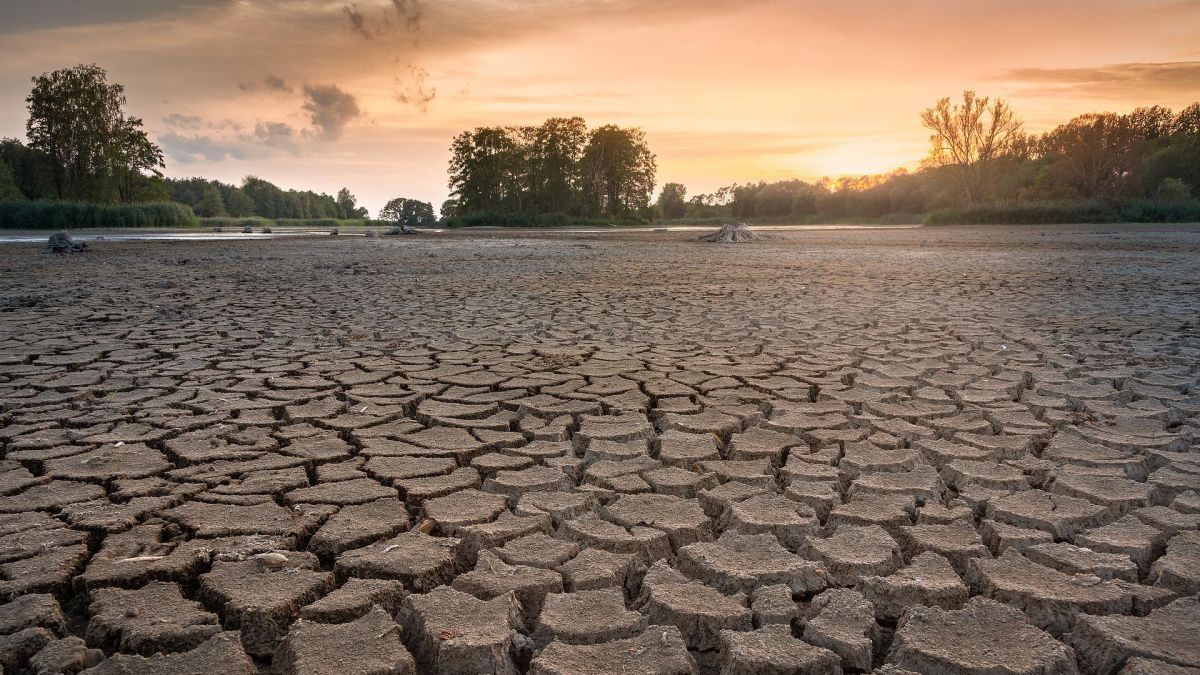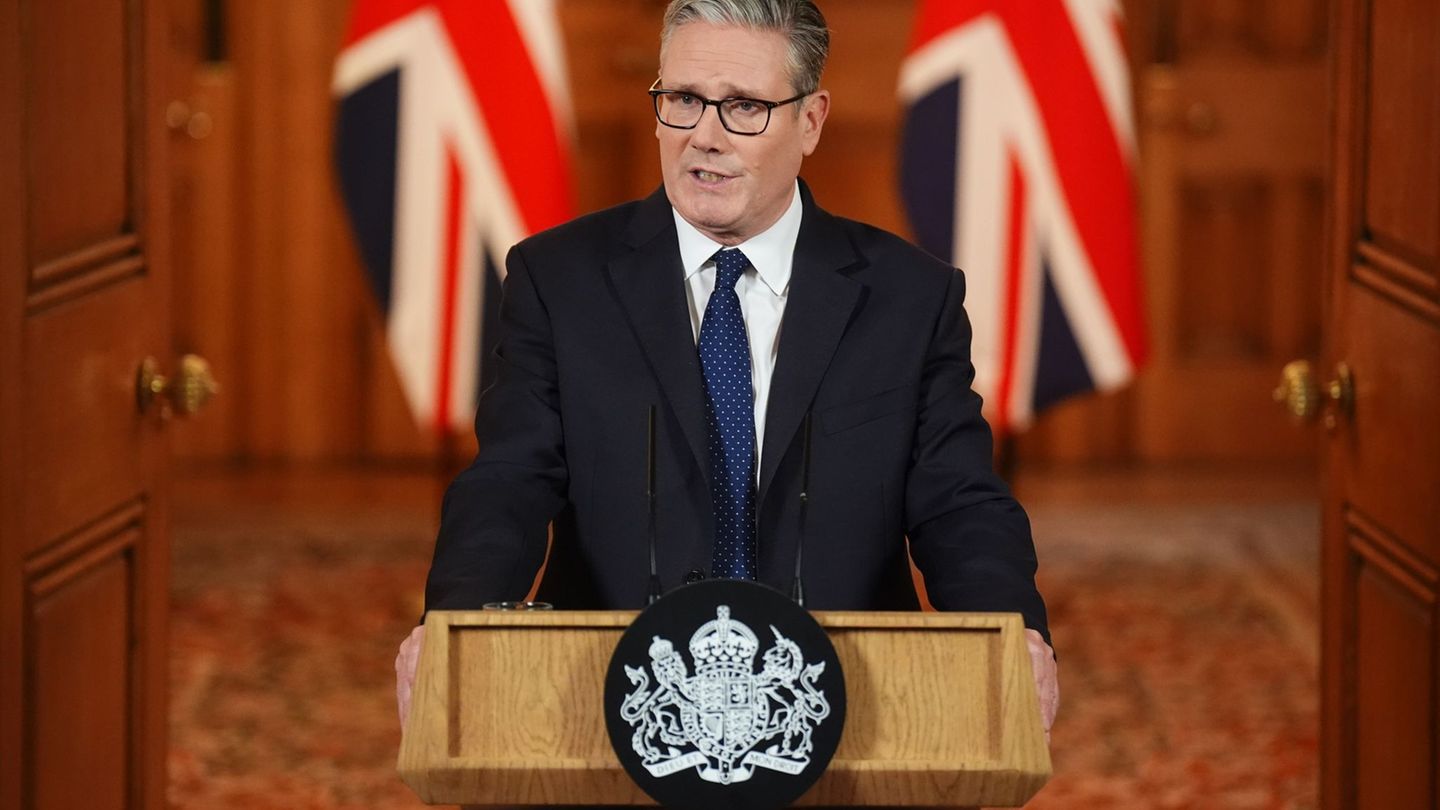He added: “The status quo is not a viable option for our survival and prosperity.”
At least 70% of the world’s ice-free soil has been converted for human use, and most of it is degradedwhich lowers its performance, warned Barron Orr, chief scientist of the UNCCD.
“There isn’t much land left.” And yet, we continue to see a high rate of change in uses. Changes, for example, that go hand in hand with concentration in a few hands: 1% of agri-food companies control 70% of the world’s agricultural land,” he added.
On the opposite side, 80% of farms only represent 12% of agricultural land, the report highlighted.
According to data published in the second edition of “Global Earth Outlook,” the food sector is responsible for 80% of deforestation and uses 70% of the world’s fresh water.
In addition, “it is the main engine of extinction of species,” they detailed.
In this sense, the report pointed out: “The risk of widespread, sudden or irreversible environmental changes will increase, endangering up to half of the world’s GDP, close to 40 billion dollars.”
The United Nations Convention to Combat Desertification It is made up of 197 countries and will hold its next meeting on May 9 in Abidjan (Ivory Coast).
Topics to be covered include adaptation to droughts; the transition towards sustainable agriculture and, in general, the recovery of cultivated land.
The main objective of the UNCCD is to reach “zero net loss” in each country in terms of land degradation, between 2015 and 2030.
scenarios
The report evaluated different scenarios between now and 2050. “If nothing is done, an additional 250 billion tons of CO2 equivalent will be released into the atmosphere: four times the current annual greenhouse gas emissions,” they detailed.
Instead, “if soils are restored and protected, they could store 300 billion tons compared to 2015, the equivalent of five years of emissions at current levels.”
Faced with the threat of the “sixth mass extinction”, this would allow biodiversity to be preserved.
In addition, the UN maintained, “the conservation of natural spaces allows reducing the transmission of viruses from wild animals to humans, as could have happened with Covid-19.”
“Our thinking needs to be more strategic,” Orr said.
Original towns
The report recommended, for the first time, strengthening the land rights of indigenous peoples, as a way to protect the climate and biodiversity.
Representatives of some of these peoples, often deprived of their ancestral lands, greeted the news with skepticism.
“We gladly welcome new allies in this battle, including economic actors, but we will not let them use us for greenwashing, which means “a green image washing,” warned Venezuelan José Gregorio Diaz Mirabal, a representative of 511 groups originating from the Amazon basin.
Finally, a UN convention on biodiversity will meet to seek an agreement that converts 30% of the Earth’s surface into a protected area.
Source: Ambito
David William is a talented author who has made a name for himself in the world of writing. He is a professional author who writes on a wide range of topics, from general interest to opinion news. David is currently working as a writer at 24 hours worlds where he brings his unique perspective and in-depth research to his articles, making them both informative and engaging.




